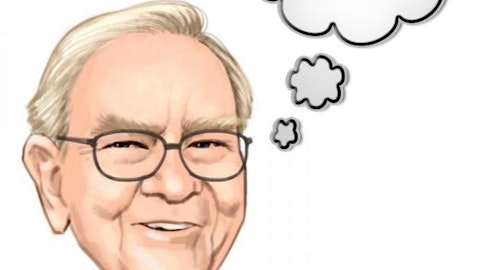I gave you by segment, I think CSS is there. EES is moving in that direction despite the challenges we had in Q2 with respect to that. And so that’s our view.
Deane Dray: All right. John that was exactly what I was looking for. That’s also the time frame that we’re thinking. And just so we’re clear, this idea of the shortening of lead times and normalization of supply chain, this is the risk that happens, all this buffer inventory gets released. You’re at the end of that whip of this, we get it. And as long as end market demand stays strong, you’ve got to weather this period of destocking. We get that. We flagged that as a big risk for the whole sector this quarter. We’re fine there. But I did want to touch on my follow-up question on the demand side, just the end market demand and the weaker commercial construction. And thank you for flagging that, that is the stock and flow business, not related to projects. So that is destocking related in the stock and flow business, it’s not any sort of project delays or labor issues or weather or anything like that?
John Engel: Correct. So again, I’ll put an exclamation point on this, and it’s important. Our project business, that’s part of the business in EES, it’s project and stock employment, right, two different business models. The project business grew year-over-year in Q2, while backlog also grew sequentially. So again I’ll make the comment that with our EES business, true in our construction portion of it, solutions as well as the broader EES business unit, we think we’re uniquely positioned to participate in the secular trends. And that’s the good news with regards to the quarter. Now the stock and flow piece of the EES business was down, and it was down larger than the reported EES year-over-year decline because the project business grew.
And that is the temporal or temporary effect that we just talked with. We’re at the end of that bullwhip. We’re seeing that. I did make a few comments about the overall supply chain, and it’s important to understand because I think we’ll write about this pandemic period for years and even decades to come. The level of supply chain disruption through this pandemic period is truly. I know this word is often overused, truly unprecedented. So when you analyze what happened in 2020 through ’21, ’22, ’23, again, we’re seeing — we’ve only seen a bullwhip effect to a much smaller magnitude through an economic cycle, but this one is more pronounced due to what happened at the front end of the pandemic cycle. I also want to highlight, Deane, that there’s some very strong growth engines that are driving other parts of EES.
The industrial business was strongly up in the quarter, and we have a growing and record backlog with our industrial customers. Our bid activity levels are at record levels. So we’re bidding tremendous number of opportunities. And I called out as well our integrated supply business. It is part of UBS, but recall the end markets there, their all industrial, was up double-digits in the quarter, grew double-digits. So the industrial, I think, portion of our portfolio, which is most represented in the EES, but also the list business in UBS, is a strong call out. And I mentioned this comment last quarter. I think we’re at the front end of this industrial super cycle. And again driven by onshoring, the supply chain consolidation, it all manifests itself in these mega projects to support electrification and higher degrees of automation.
Deane Dray: Okay. John, thank you. I appreciate all that color and context. And I’ll hand it back. Thank you.
John Engel: Thanks, Deane.
Operator: And our next question comes from Sam Darkatsh with Raymond James. Please go ahead.
Sam Darkatsh: Good morning, John. Good morning, Dave. How are you?
John Engel: Hello, Sam.
Sam Darkatsh: Dave, a couple of questions for you. So at least if my math holds. So it looks like pricing was down about 2% sequentially from the first quarter on a two-year stack and your decremental margins implied with your lower sales guidance are also pretty high. They’re like 20%, 30% or so. Now I’m guessing, at least if my math holds, the reason why the decremental margins on the lowered sales guide are so high is because of the SVR, the incremental SVR pressure, now 40 bps instead of 20 bps prior. But are you assuming any sequential pressure in pricing in the back half versus the second quarter also contemplated within the guide?





